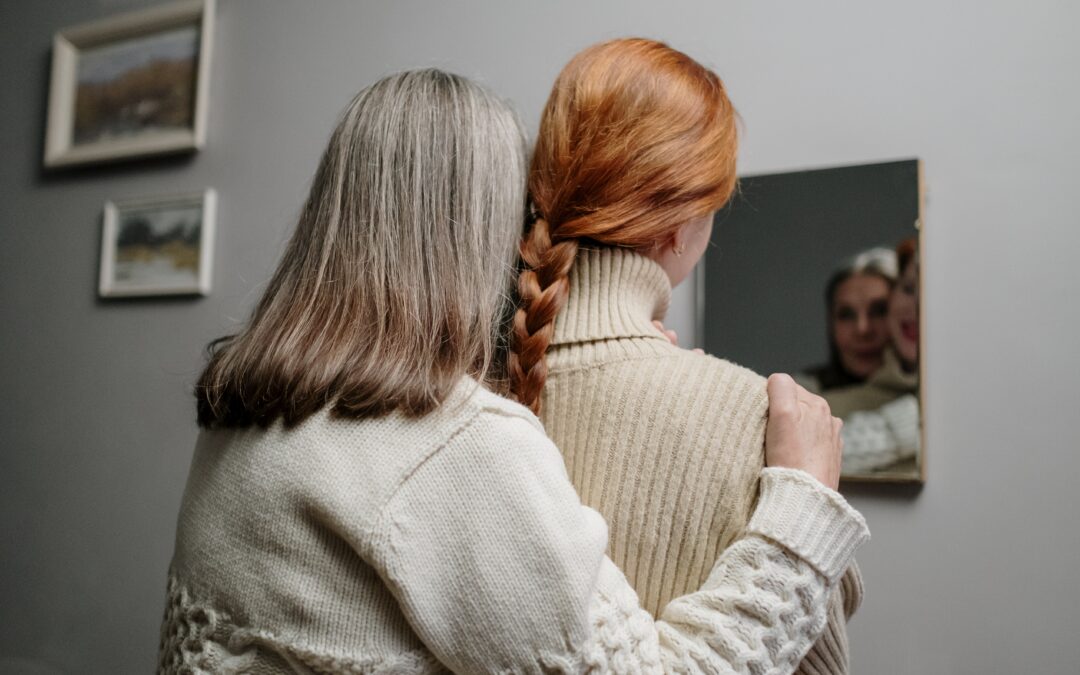In its online journal Public Discourse, the Witherspoon Institute outlined some concrete proposals for reviving marriage in the United States, borrowing from the recently published second edition of Marriage and the Public Good: Ten Principles. Seven years after Obergefell v. Hodges and months after the toppling of Roe v. Wade, relations between the sexes, and American marriages themselves, are strained. Rates of divorce and separation have flatlined at historically high percentages, while more and more young people are opting out of marriage entirely – and drifting toward cohabitation and consensual non-monogamy. Despite this decline, the Witherspoon authors place their hope in the “pockets of reasoned resistance” originating in a small, but powerful movement toward upholding traditional marriage.
Private Witness Is Connected to Public Policy
The Witherspoon authors recommend policies which will not only preserve good marriages from the twin scourges of moral decline and progressive authoritarianism, but to harness the educative nature of public policy in order to transmit a “stronger, healthier, and more supportive marriage culture to the next generation,
…so that each year more children are raised by their own mother and father united by a loving marriage, [and] they can grow up to have thriving marriages themselves.”
Imagine how many children of divorce have, due to their experiences of a broken family, grown disillusioned about the permanence of marriage? How many young people, due to negative experiences in dating and sex, have abandoned the prospect of an exclusive, committed relationship, or sworn off the opposite sex altogether? For children who intuitively understand and desire that the two people who created them should stay together, divorce represents not only a tragic loss of family unity, but a traumatic loss of identity that the child carries into adulthood. This is an example of the way that public policy (in this case, no-fault divorce) affects the private sphere (a negative witness of intact marriage). It also works the other way – private virtue or vice is a witness for or against certain values. If more members of a society act honorably in relationships, there is a net positive witness for honorable relationships. If more act, dishonorably, there is a net negative witness against honorable relationships. The key, as the Witherspoon authors suggest, is to incentivize positive private witnesses to virtue through policy. All the while, private witness to virtue is necessary to build up the sort of culture that is more permanently inclined to virtuous policymaking. Today’s policy rebellion against traditional moral values did not arise out of a vacuum, but from the demoralization of people and policymakers through negative private witness.
Read Up and Double Down
So what are some of the Witherspoon Institute’s policy suggestions? We highly recommend that you take the time to read this article. Some of their suggestions confront challenges facing marriage specifically, as in the case of divorce, cohabitation, and same-sex marriage; others deal with children’s rights and freedom of religion and academic inquiry. Undergirding all of them is the understanding that marriage is a matter of private and public concern, because it is ultimately about children – and marriage traditionally defined is the union of man and woman with the goal of raising and educating their children. The government can’t raise children – only people can do that – but it can employ its institutional power in their service so that they are protected from adult whims and vices. But even if at present, the powers of the government can’t be harnessed to protect children from abortion, divorce, or commercial surrogacy, we are the greatest influencers within our own communities. Our nation’s direction, and the fate of our children, also depend on our ability to be faithful witnesses to the transformative power of married love. The confidence of our like-minded friends, family, and community also depends on verbal witness to the truth about marriage as a union fruitful, permanent, and exclusive. Whether you’re a student, adult, parent, grandparent, single, dating, or married, you have a part to play in policy or in private life. Set aside some time today to discern how you are called to witness to the truth about marriage and family, contemplating your life circumstances and personal strengths. Then, take heart, and launch out into the deep!







